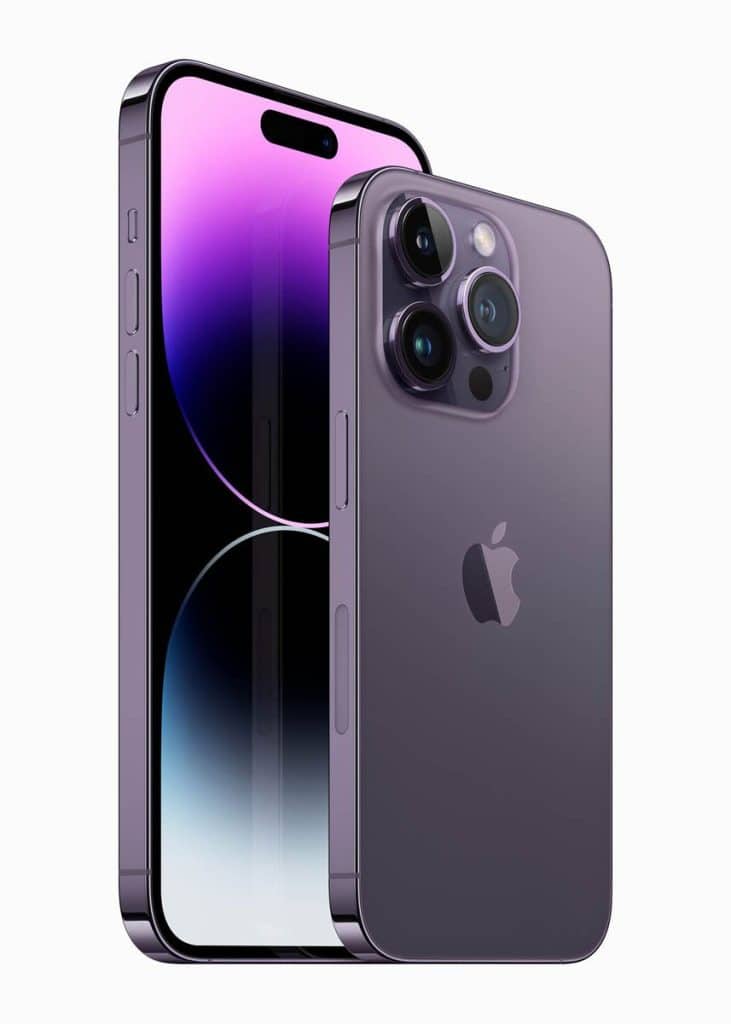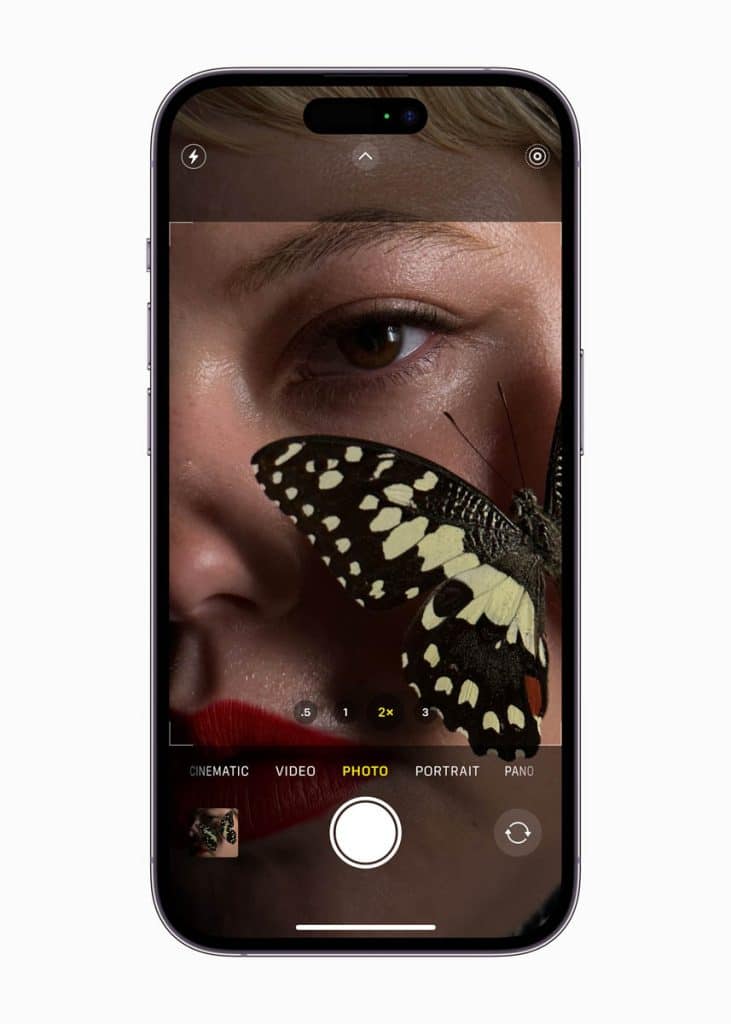Apple says its iPhone 14 Pro is ready for professional photographers and videographers. For the first time, it’s not wrong
Apple has long touted its professional line – including the iPhone 14 Pro – as a tool for creative types; something that allows them to ditch their bulky camera gear and instead embrace a more pocketable future.
Sadly, that’s never been quite true. While Apple’s range of iMac and MacBook devices are embraced by the creative world as the de facto standard computer of choice, the iPhone Pro models tend to fall on deaf ears.
Sure, having a slightly better screen and a camera is nice to have – but it’s certainly not going to replace professional gear. At best, it was nice to have (but you could easily get by with Apple’s standard line of iPhones).
Apple must have been listening to the criticism; this year’s iPhone 14 Pro sees significant upgrades in the camera department, a more powerful chip, a better display and a whole lot more.
Design
The iPhone 14 Pro is remarkably similar to its predecessor.
That’s no bad thing. The stainless steel edges add bling. The smooth matte finish on the back with a subtle Apple logo looks nice. And ceramic glass sandwiches the front and back.

It looks as good as it did last year, but Apple might consider putting its phones on a diet. This year’s phones are 206g and 240g respectively, and you certainly can feel their heft – and that thick camera bump – in your pocket.
Display
This year sees two iPhone 14 models – the Pro and the Pro Max. The screens are exactly the same, save for size; 6.1-inch and 6.7-inch respectively.
The Super Retina XDR OLED display looks exactly the same as last year’s, it’s with variable refresh rates it’s still a great display. It’s vibrant and has great contrast. This is great for gaming and watching movies. The screen is brighter too, which means that you can view it from any angle and outside.
This year also marks the first time Apple has embraced the always-on display in a phone (Android competitors have long been offering this feature), meaning the phone will continue to show the time, select widgets, and notifications when in ‘lock’ mode.

The way it works is pretty neat; when locked the iPhone dims the display and locks it at 1Hz (so it updates once every minute). That lets you visibly see the display, with little to no effect on battery life.
Elsewhere, the most significant display upgrade is what Apple calls the ‘Dynamic Island’ which basically replaces the notch. It’s a mix of hardware and software that works together to shapeshift.
The dynamic island features the cutout for the selfie camera and TrueDepth camera, but uses clever software to merge these into one pill-shaped area. Software then allows it to expand and shrink providing you with information from Audio apps like Apple Music, when you’ve connected accessories, and the like.
It’s a gimmick for sure; but one with a little time and additional third-party developer support from your favourite apps, could became very cool indeed.
Camera
That standout feature this year is not the display, but the cameras. And Apple has done significantly more than tweak under the hood.
The iPhone 14 Pro and iPhone 14 Pro max cameras are identical. Both have a larger 48-megapixel main sensor (4-times better than the previous model) and two other lenses – an ultrawide and telephoto.
Those sensors have all been given big upgrades; they are actually much larger than the ones in the previous model – 65 per cent larger in fact. As a result, these sensors let in more light which creates brighter images with greater detail – especially in poor conditions.

Apple has also improved its ‘Photonic Engine’ – an artificially intelligent photographer’s assistant, if you will – that will automatically work its magic on stills and video, to make them that much punchier.
Of course, true professionals won’t settle for a robot messing with their work which is where Apple’s ProRAW and ProRES formats come into play. These let you use the camera sensors to the fullest (in the same way professional cameras can shoot in RAW mode). And the amount of detail they collect is staggering.
While a regular iPhone photo sits at around the 3.5MB mark. A ProRAW photo chocks in at 70-80MB (almost 40-times larger and more detailed).

Video too sees major upgrades, with cinematic mode (that lets you take video that mimics the depth-of-field of a proper camera) now running at 4K resolution. And a new action mode that will shoot eerily steady footage of a moving subject.
The iPhone 14 Pro camera, and its fancy tricks, is undoubtedly the best smartphone camera in the industry when it comes to smartphone photography (and almost bridges the gap between ‘proper’ DSLRs)
Performance
The A16 Bionic chip under the hood is the world’s best. It offers incredible processing capabilities, that span a load of iPhone components and features. It’s what powers all those neat photography and videography tricks, as well as the power-saving always-on display.
Apple doesn’t like to reveal the battery of its iPhone 13 Pro, but teardowns suggest that the iPhone 13 Pro has a 3,200mAh battery. That will last you until bedtime if you’re a heavy user.
The A15 Bionic chip, which is the world’s best, offers incredible processing capabilities that touch a variety of iPhone components, including gaming and photography.
Verdict
Apple’s iPhone 14 Pro is the most powerful smartphone of the year.
That A16 Bionic chip is the world’s fastest, the display remains world-class (with some unique upgrades such as the dynamic island), and it clearly has the best camera system of any smartphone, ever.
Will it see professional photographers and videographers ditching their DSLR cameras? Not quite. Not just yet, anyway (but they’ll certainly have one in their pocket).
But will it tempt swathes of would-be creatives to think twice before spending money on an expensive ‘proper’ camera system? Almost certainly.
For the first time, Apple’s iPhone Pro moniker lives up to its name.






